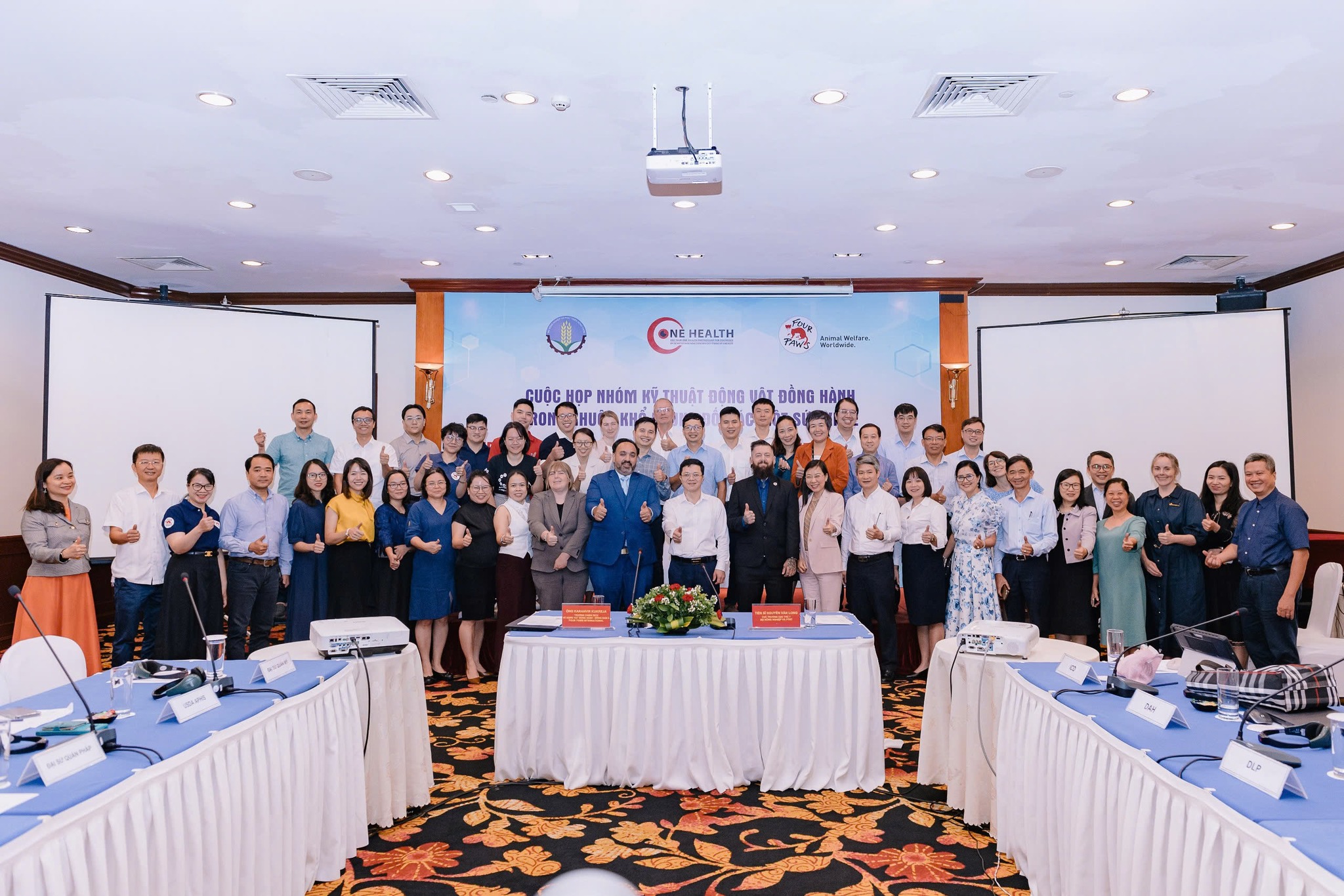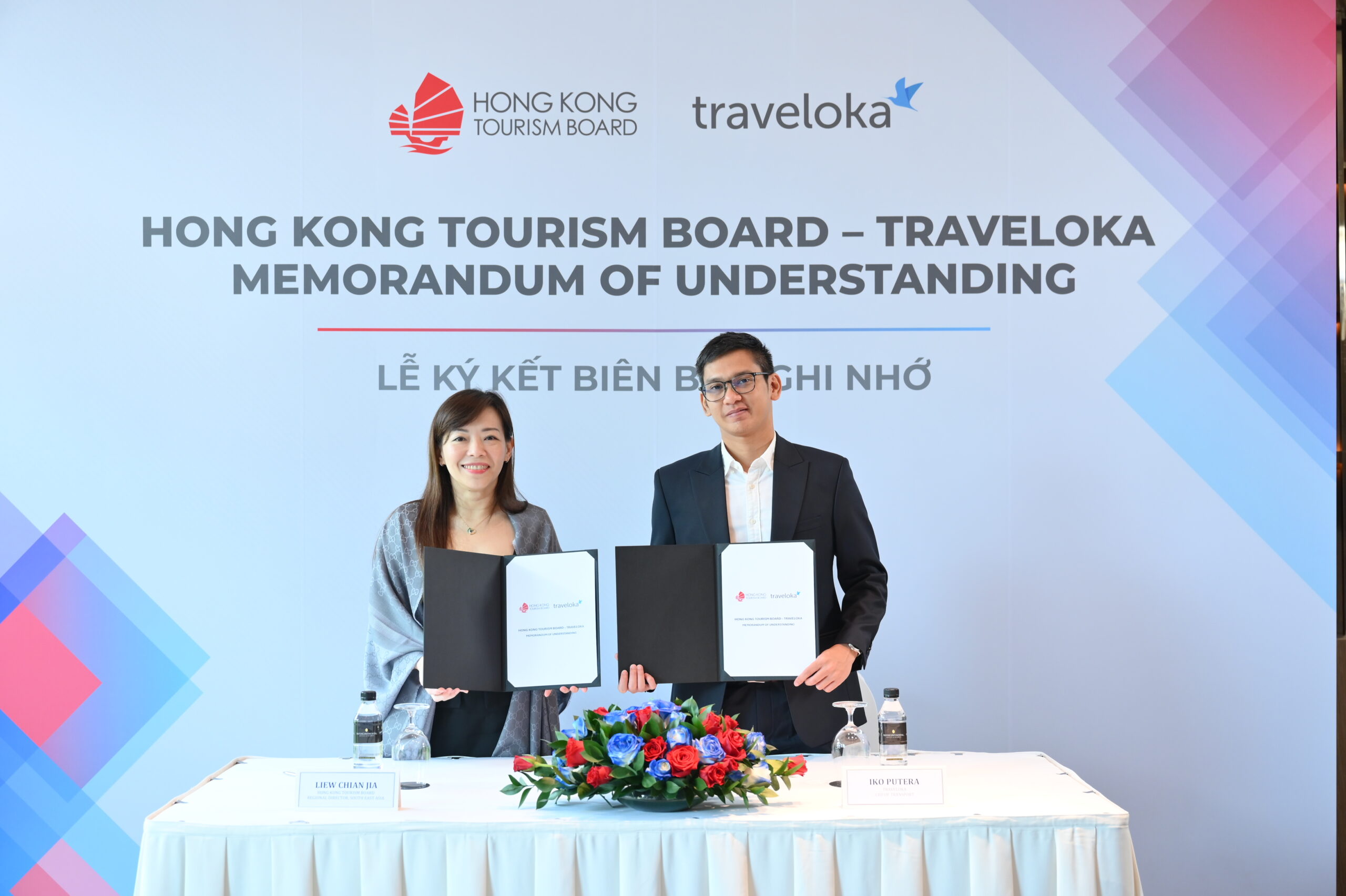Throughout this ongoing pandemic, Vietnam has managed to stay relatively resilient in terms of recorded cases and fatalities to date. As humanity works towards developing a vaccine and containing its outbreak, the country’s business leaders can act now to position themselves to emerge stronger from the crisis.

They can start by making changes to the way their companies work and interact with customers if they hope to remain competitive through this period and after. They can also draw inspiration from the experience of companies around the world that have navigated the uncertain environment of the crisis and captured opportunities that have emerged.
Agile methods are already established in the business world. McKinsey’s research with Harvard Business School into the performance of more than 50 companies during this time across various sectors unsurprisingly showed that agile companies reacted faster and better than their non-agile peers to the challenge.
Interestingly, we observed that many companies are achieving similar performance gains as a result of the changes COVID-19 is forcing them to make to the way they and interact with their customers, even though these changes were unplanned and implemented in reaction to the crisis.
It turns out that companies that thrived in this “survival minimum” mode knowingly or otherwise borrowed a number of tactics from the agile playbook, especially through the rapid adoption of new technology and ways of working that rapidly accelerated business processes by dismantling the barriers, silos and hierarchical decision-making structures endemic to more traditional organization structures.
For example, a leading bank in Asia managed to meet a sudden spike in demand for remote online transactions by establishing a small cross-functional team that focused exclusively on expanding capacity for these online customers. It delivered the extra capacity in a quarter of the time that could have been achieved through a traditional approach.
The successful responses of many companies to COVID-19 has challenged many commonly-held beliefs on how to run a large organization and strengthened the case for agile methods. Assumptions that most large organizations operate at close to full efficiency were quickly dispelled by the observation that businesses delivered months’ worth of work in weeks with a leaner workforce.
Another common belief that has been contested is that processes and technology changes are bottlenecks. Instead, the motivation to fulfil and respond to changing customer needs and behaviors has driven companies to develop and launch entirely new products in timeframes that were once deemed unthinkable.
For example, a big conglomerate in Vietnam quickly shifted its industrial production lines to make ventilators and thermometers for domestic supply in April 2020. This swift transformation was helpful for Vietnam during the second outbreak of the case, because this conglomerate was able to supply ventilators to the authorities and meet local demand.
Meanwhile, a large grocery retailer launched a curbside pick-up and delivery business in two days – a far cry from their legacy plan of 18-months. Upon reflection, the group’s CEO had a bold and challenging message: “We adopted new technology overnight, not the usual years it takes. How can we ever tell ourselves again that we can’t be faster when we’ve proven that we can?”
Many other CEOs have realized that there is no turning back. They have seen the art of the possible and want to keep the momentum going. There is an imminent opportunity to transfer the lessons learned from “survival minimum” to a new “strategic optimum” for the long term. The core question on most leaders’ minds now is, whether this will be a series of tactical adjustments, or a full re-think of the organization structure and ways of working.
Tactical adjustments will include the extent to which remote working should be adopted as COVID-19 has swept away the old perception that co-location is essential to employee productivity.
A hybrid remote model is likely to become part of the new normal, with staff being able to work at home or from the office according to the company’s needs and their preferences. A telco company in Vietnam took this one step further; they also pushed to develop services that would enable more flexible working models for their customers, as well as employees. This company has since deployed e-business management support services, such as a cloud-based electronic invoice solution and e-office documentation support.
Other tactical adjustments may include formalizing new paths of decision-making that proved effective during the crisis, such as increasing the involvement of top management in daily decisions.
Beyond incremental adjustments, the answer may also lie in a more fundamental reset of the company’s operating model. For example, can the organization structure be adapted permanently from functional hierarchies to a flat array of cross-functional teams? Should the company’s strategy evolve from pursuing multiple, competing priorities to focusing on a few, sequenced objectives? There are two to three dozen design choices that define how much of the newfound speed can be retained.
Companies in Vietnam have a choice, but the time to act is now. They can try to outlast the crisis in their current shape or they can work through the crisis to cut through organizational inertia and transform the way they work and interact with customers.
If they can find a way to operate with the clear purpose and pace demonstrated by these examples highlighted above, they will stand the best chance of staying afloat.
By Bruce Delteil is a partner at McKinsey & Company based in Hanoi and Asilah Azil is an associate partner in the Singapore office.
An op-ed exclusively published on VIR.



